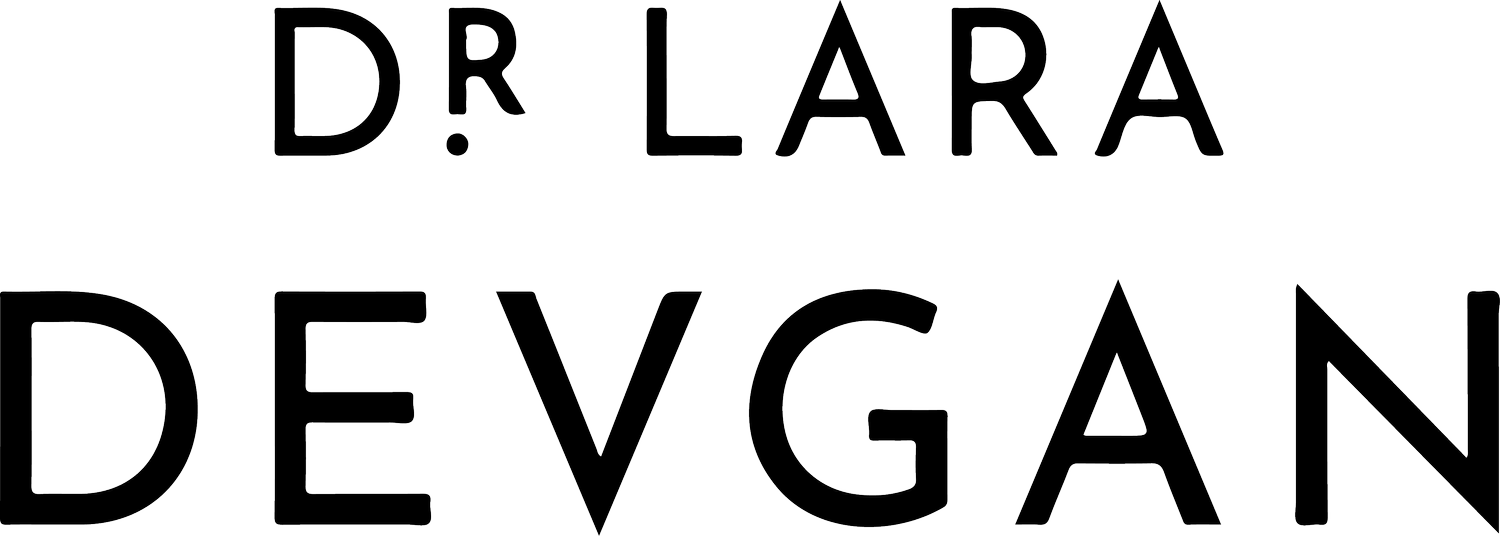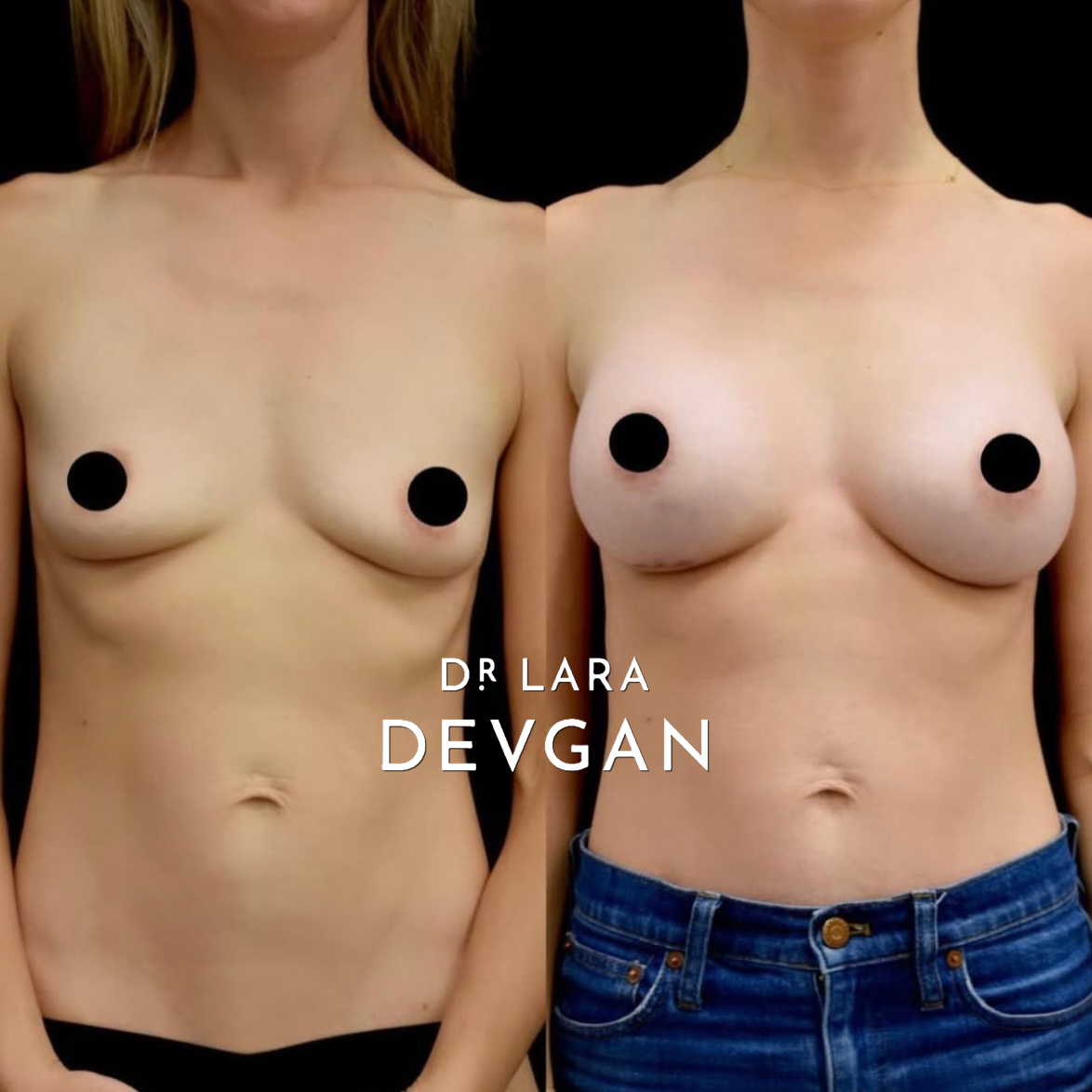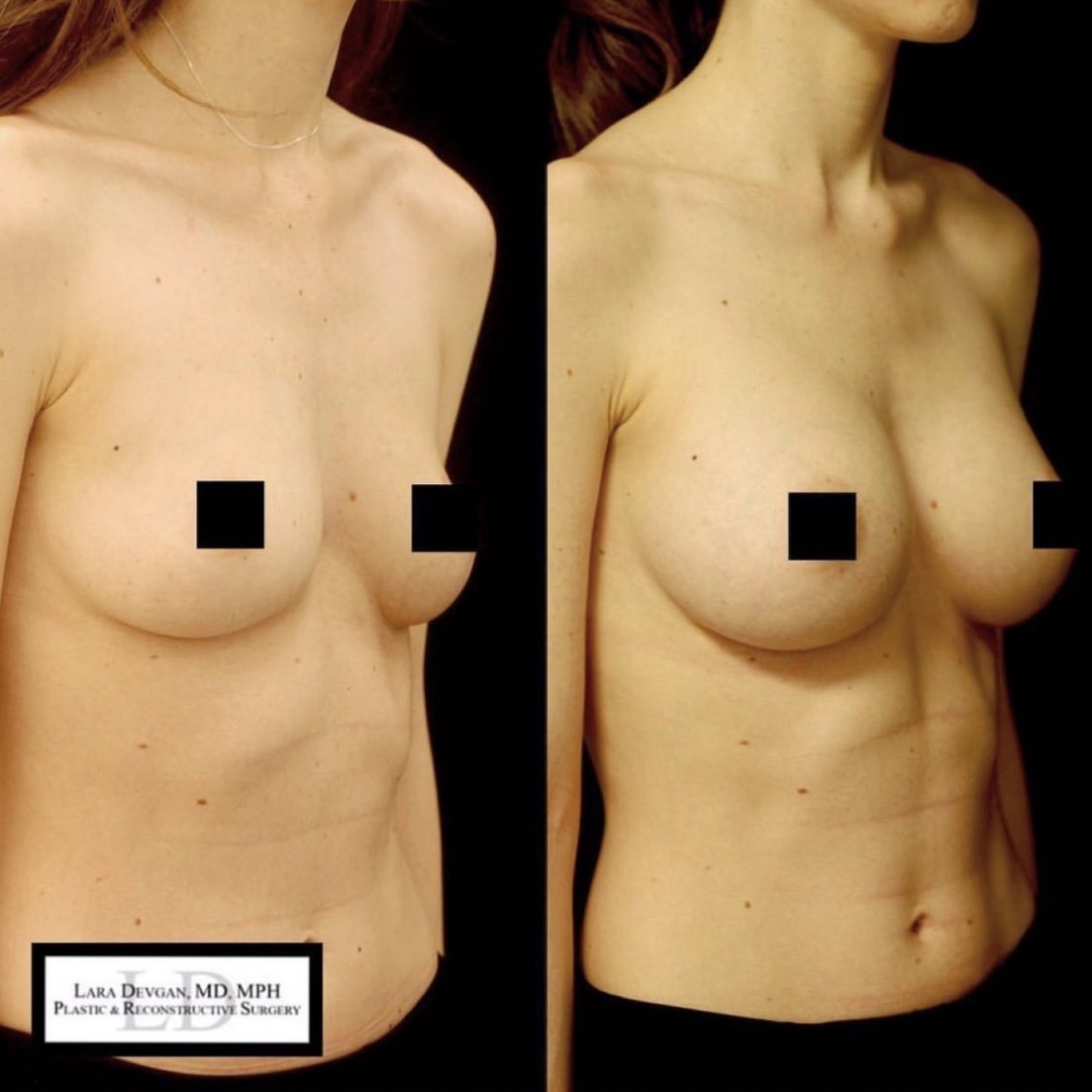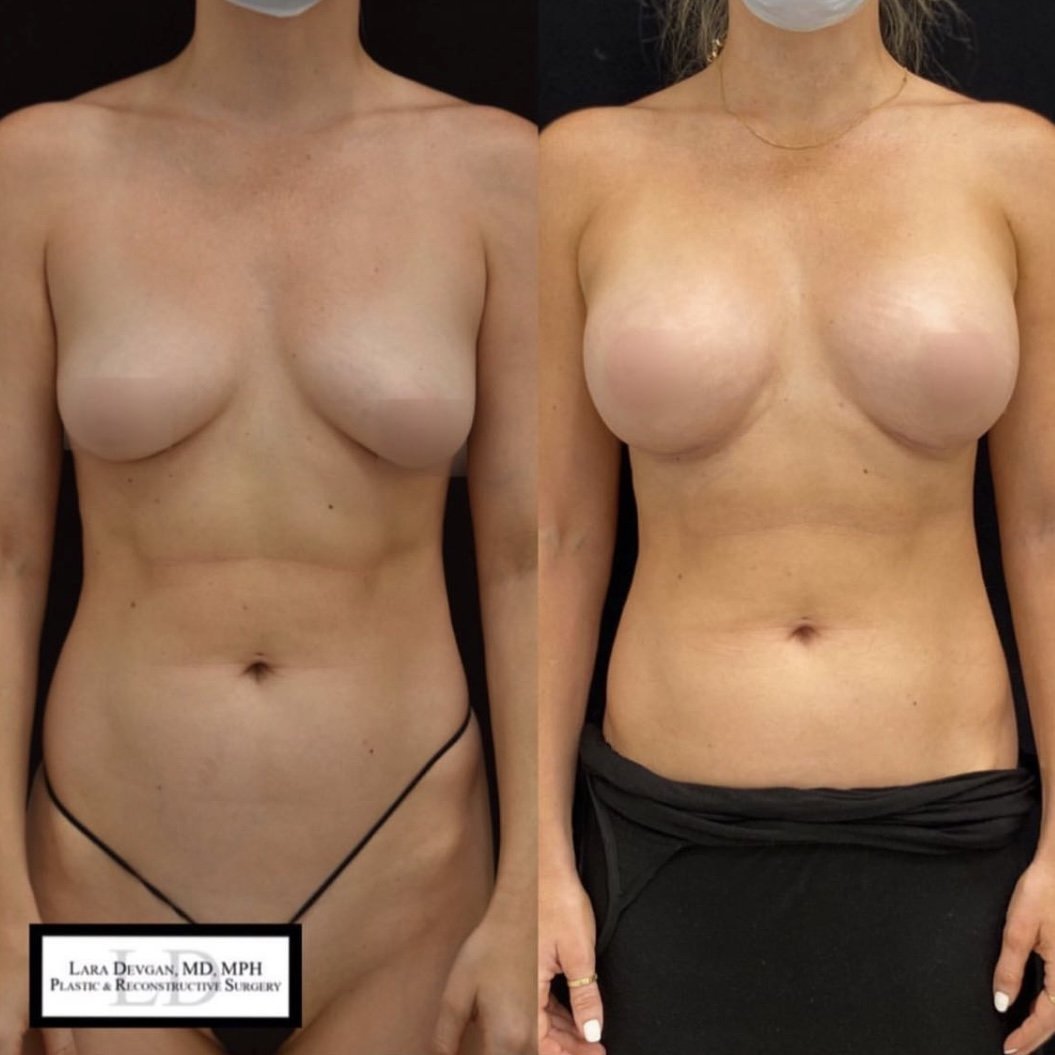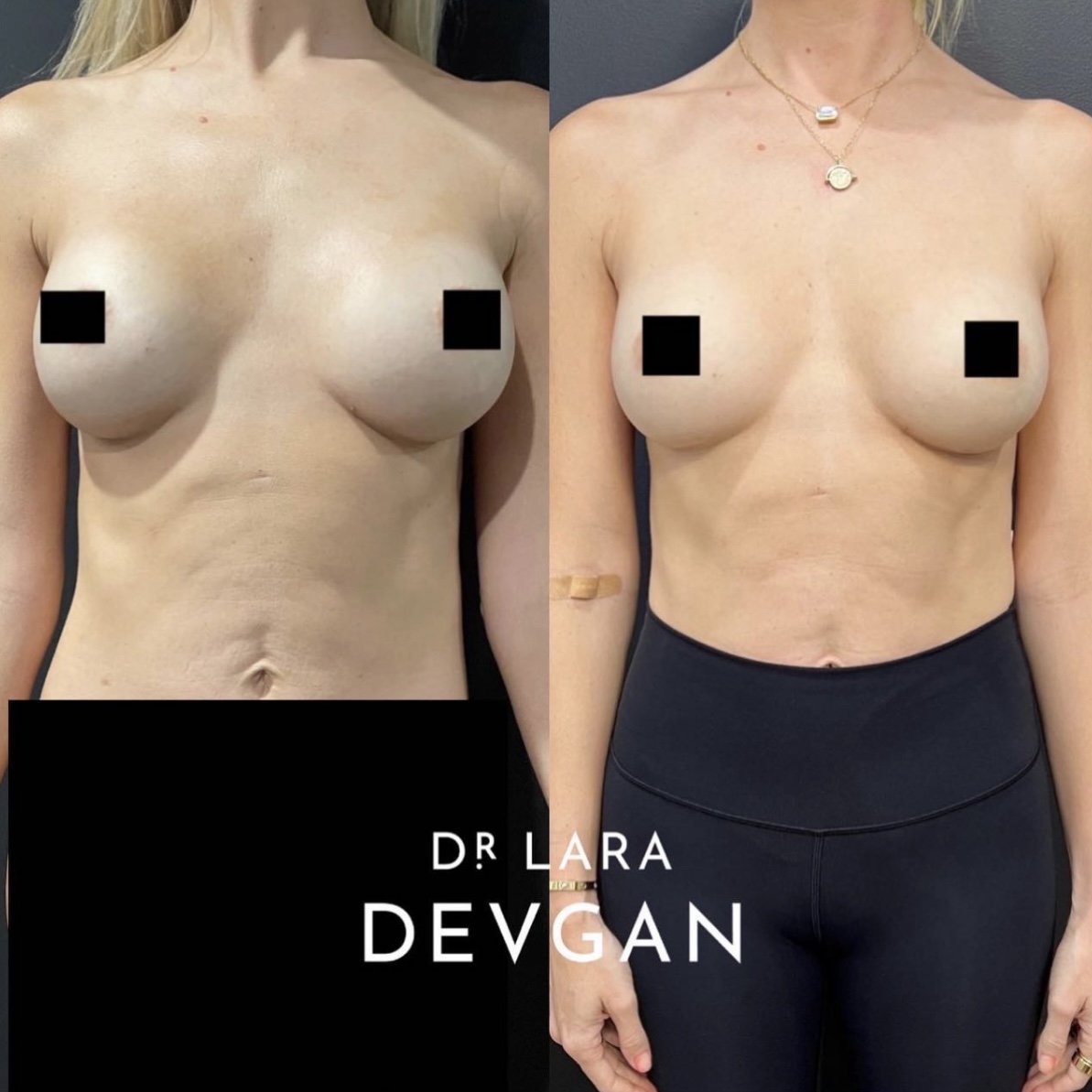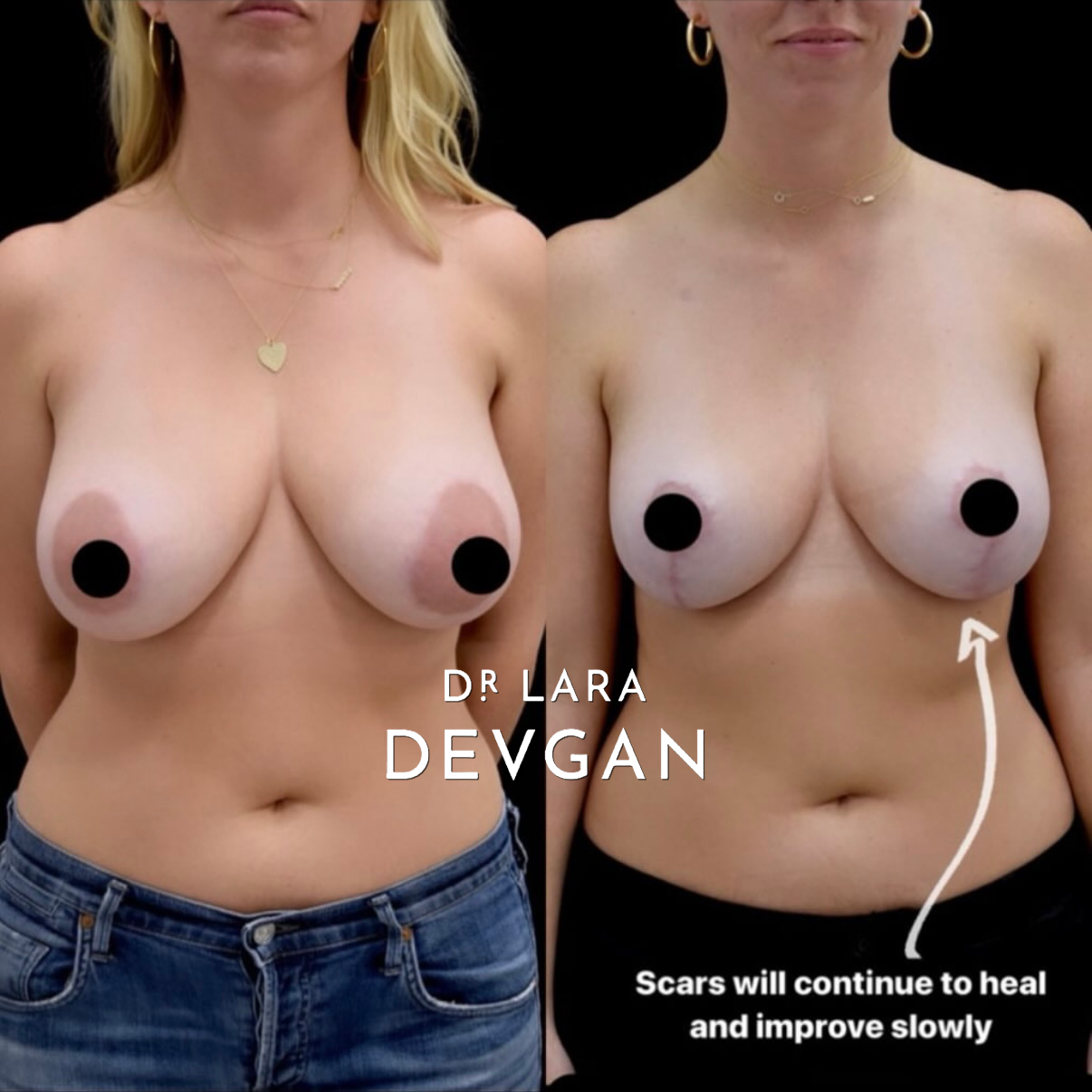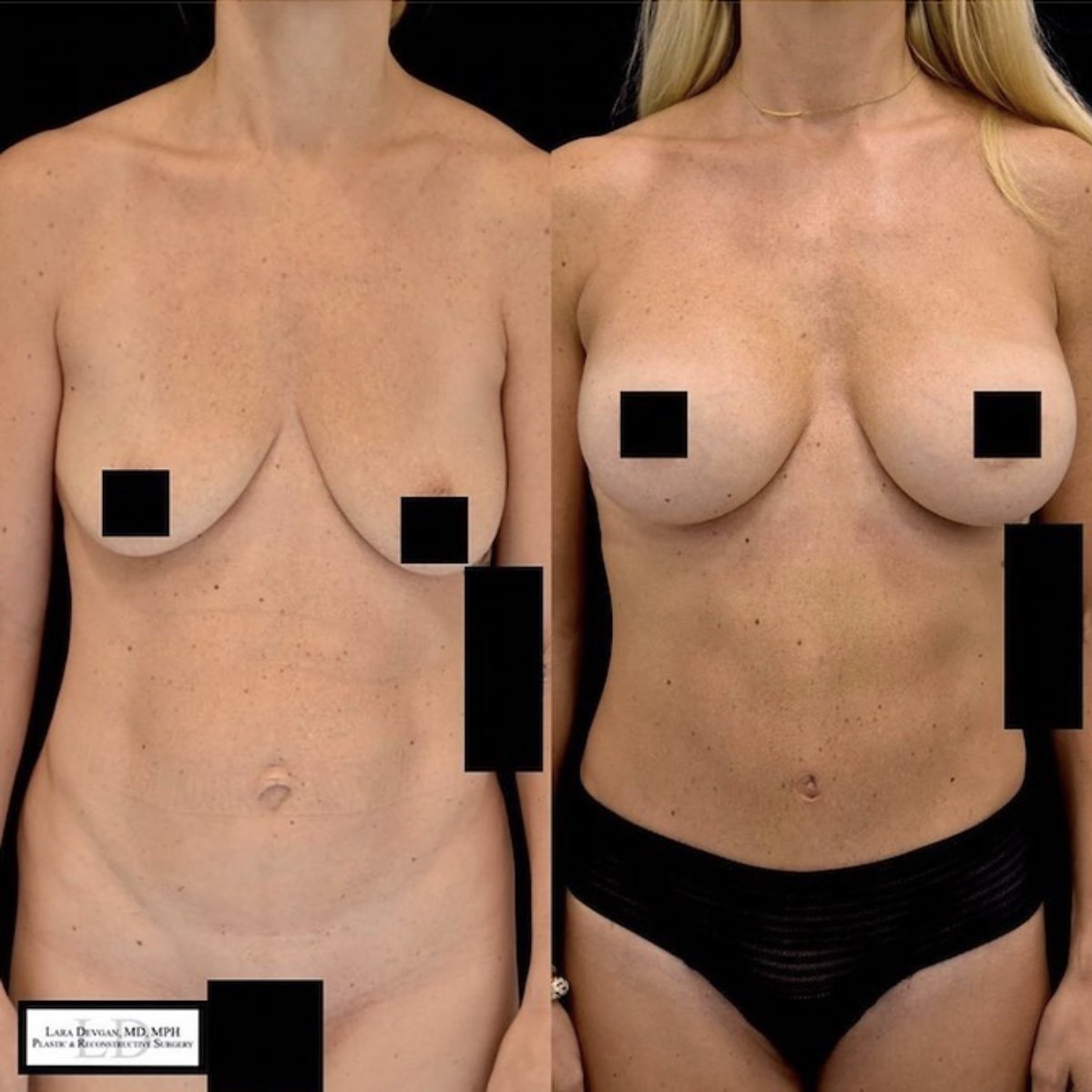One of the most commonly asked questions with our prospective breast augmentation patients. When it comes to choosing the size for a breast augmentation, several factors need to be considered. As a board-certified plastic surgeon, I can guide you through the process. Here's what you should consider
1. Body Proportions and Frame: Your body proportions and frame play a crucial role in determining the appropriate implant size. Factors such as height, weight, chest width, and existing breast tissue are considered to achieve a balanced and natural result.
2. Desired Outcome: Clearly communicate your goals and expectations to your surgeon. They will assess your desired cup size and shape to help guide you in choosing the appropriate implant size.
3. Tissue Characteristics: The quality and quantity of your existing breast tissue are important. Patients with minimal breast tissue may require larger implants to achieve their desired size, while those with ample tissue may achieve their desired results with smaller implants.
4. Lifestyle and Activities: Consider your lifestyle and the activities you engage in regularly. If you're involved in sports or physical activities that require significant chest movement, you may prefer a size that allows for comfortable participation without compromising your lifestyle.
5. Surgeon's Recommendation: Trust the expertise of your plastic surgeon. Based on their experience and knowledge, they will evaluate your individual factors and recommend a range of implant sizes that are suitable for your unique anatomy and goals.
During a consultation, I will take measurements, conduct a physical examination, and use inspiration images or sample sizers to simulate potential outcomes. This allows you to visualize different sizes and make a more informed decision. Remember, the ultimate goal is to achieve a result that enhances your overall proportions, looks natural, and aligns with your expectations. Our office encourages open communication to help ensure a satisfying outcome.
